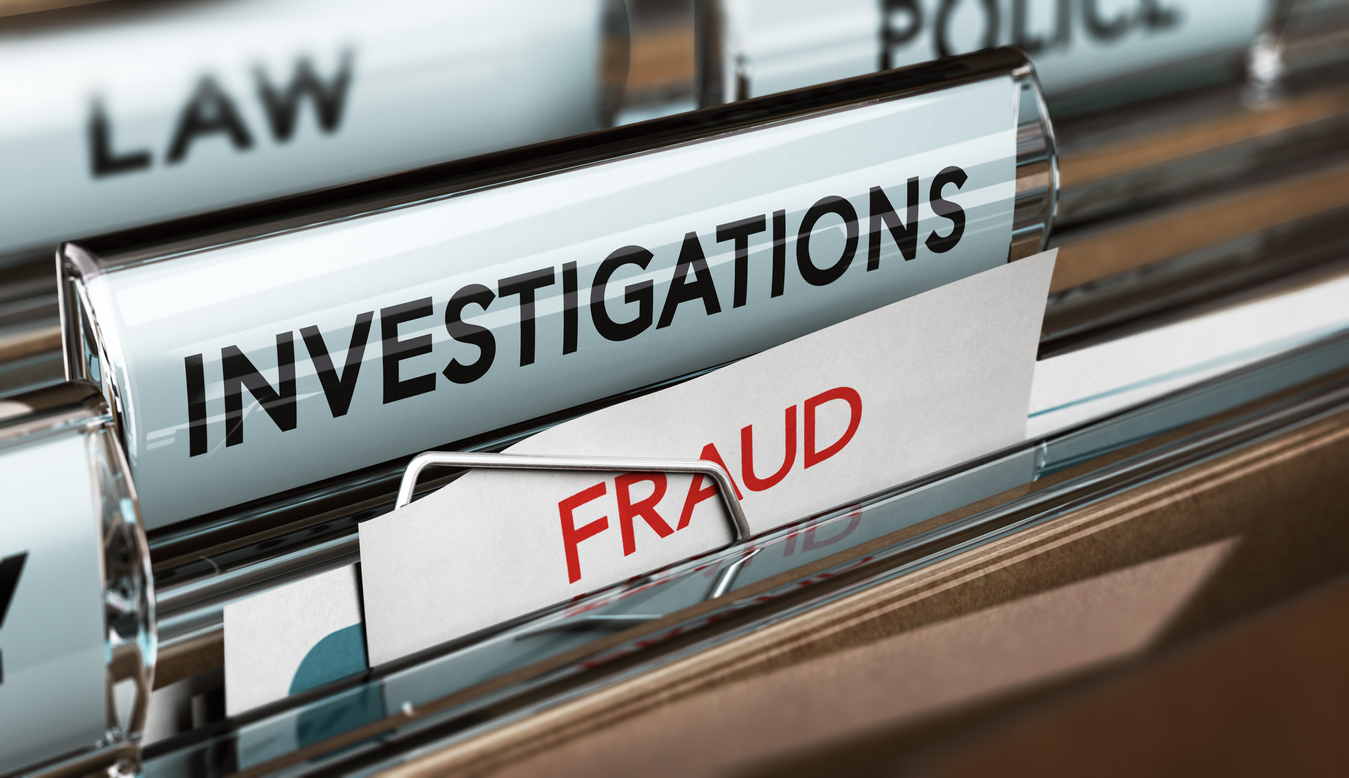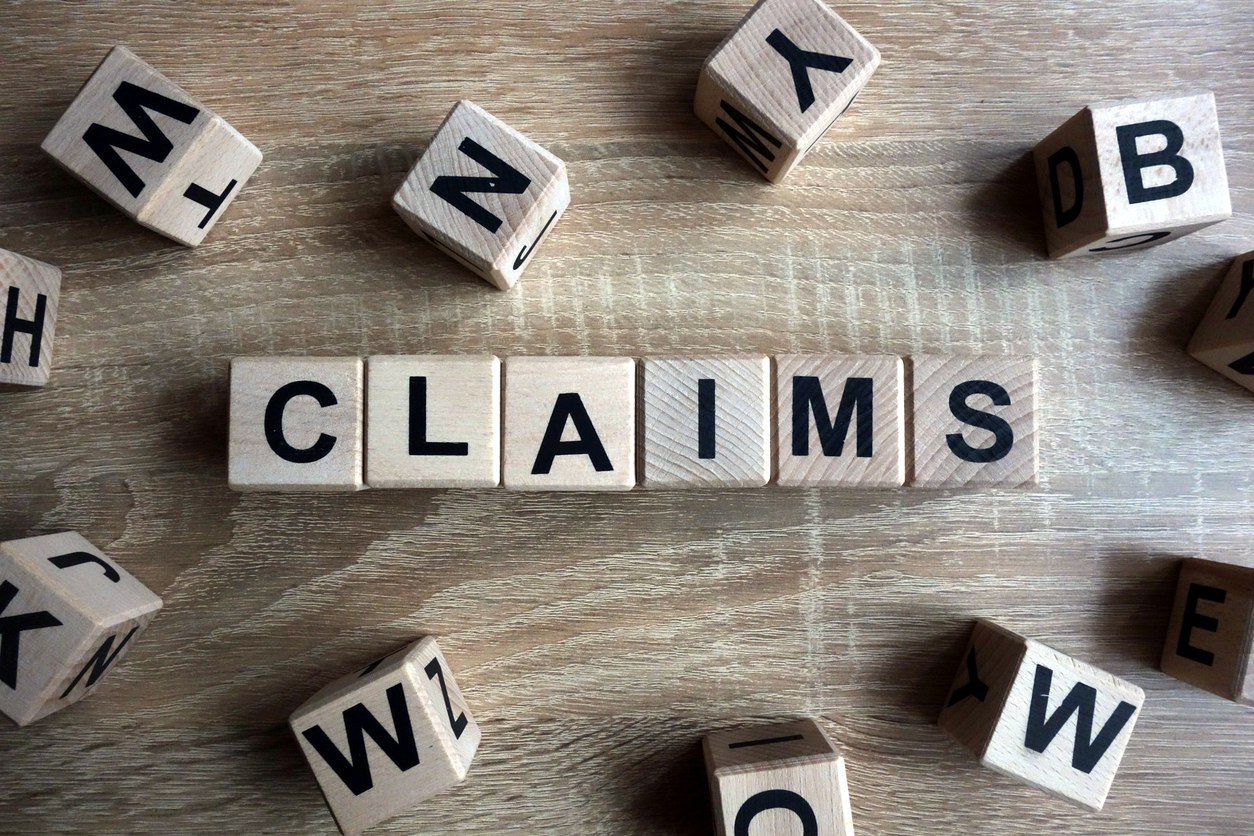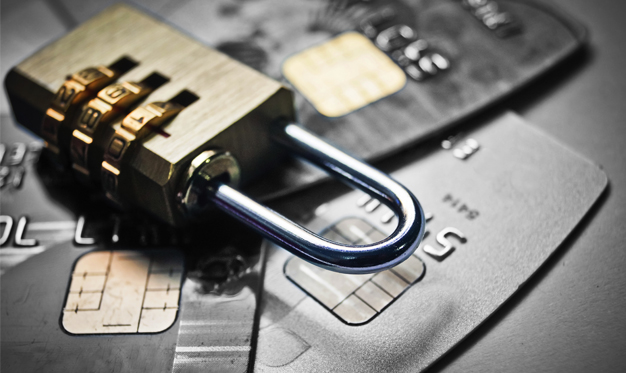3 Tips On How To Protect Your Firm From Fraud & Internet Theft
16 November, 2015
USA
While we’re thinking about turkey and cranberry, an important business holiday will come and go – not with the same fanfare as Thanksgiving perhaps but with significant potential for preserving the business future for those who take note.
During International Fraud Awareness Week (Nov. 15 – 21), I encourage every business owner and executive to take several essential, but relatively simple, actions to protect their companies from fraud and internal theft. You may think it will never happen to you because you conduct employee background checks, verify references or have employed the same loyal group of people for decades. It isn’t enough. As a forensic accountant I see how prevalent fraud is in the business and non profit communities, but you should take certain steps to reduce your risk of becoming a victim of fraud.
The Association of Certified Fraud Examiners estimates that 5 percent of gross profits are lost to internal business crimes. Crimes like these can persist for years, and often do, before being detected, and the majority of the offending employees have no criminal record.
Small businesses are particularly at risk because the lines of separation between duties may blur, eliminating natural safeguards.
But, with education and planning businesses can help protect themselves.
Top three tips fraud-prevention tips:
- Maintain strict separation of financial duties: Small businesses may be tempted to assign one employee to multiple financial duties, but this is the common denominator in most occupational fraud cases. It provides easy opportunity. Businesses should assign each of the financial duties to different employees, including billing, opening the mail, recording payment receipt and reconciling the bank account. Collusion between employees can certainly still happen, but separating duties will make it more difficult for one employee to perpetrate fraud. This is especially true if employees are required to take vacation and the owner performs their tasks in their absence.
- Check your insurance coverage. Many businesses will find that they are inadequately insured for fraud and theft. I find that when coverage does exist, many businesses have low limits, typically $25,000 to cover such schemes. As an example, the average cash larceny scheme totals $50,000 or more before being detected. Factor in deductibles, investigation costs and lost productivity and the cost of fraud can cripple a business. I encourage businesses to realistically assess the financials and ask how it would impact business viability to incur several years of losses representing as much as one-third of revenue.
- Recognize fraud exists in many other forms, from HR to insurance fraud, and get educated on how to protect your business investment during International Fraud Awareness Week.
The statements or comments contained within this article are based on the author’s own knowledge and experience and do not necessarily represent those of the firm, other partners, our clients, or other business partners.
Articles
Relevant Articles
Our experts are extremely knowledgeable about thier subject areas and often write educational material and commentary on topical issues they come across.
Beyond the Fraud Triangle: Navigating Fraud Risks in Today’s Business Landscape
FRAUD. A five-letter word with consequential effects on individuals, organizations, and the economy as a whole. Fraud can be defined as an intentional act of deception in order to acquire something of value, whether it be a personal or financial...
How to Tackle Employee Fraud
Picture this, you, CFO, are sitting at your desk when an anonymous letter arrives alleging that employee X has been committing fraud against your company. Your first thoughts might be disbelief, anger and betrayal. You may question your relationship with...
Fraud Fighting 101
While I consider myself a pacifist, as a forensic accountant, I have been occasionally referred to as a fraud “fighter”. So, in the spirit of International Fraud Awareness Week (November 13 to 19, 2022), I would like to share some...
Ghosts, Ghouls and Cyber Claims
We usually think of Hallowe’en when October rolls around; however, did you know that October is also cyber security awareness month? NetDiligence recently released the 12th iteration of their Cyber Claims Study. They analyzed approximately 7,500 cyber claims from period...
The ABCs of Cryptocurrency and Non-Fungible Tokens (“NFTs”)
Bitcoin. Ethereum. Litecoin. Dogecoin. NFTs. While they may seem like buzzwords or fads, cryptocurrencies or digital assets are experiencing a similar adoption pattern to the internet in the 1990s. In 1995, 14% of U.S. adults had internet access; by 2000,...
Best Practice in Claims Management: Large and Complex Business Interruption Losses
Business Interruption (“BI”) has hit the headlines in the Middle East possibly more than ever this year, with disputed claims over COVID-19 closures, cyber incidents and anticipated losses following the recent Beirut explosion. This is in addition to BI claims...
COVID-19 and Fraud Claims
COVID-19 has sent shockwaves throughout much of the insurance world. Insurance company stocks have been some of the worst performing since the virus went, well… viral, in anticipation of declines in profits due in part to COVID-related claims. Much of...
Fraud in the time of COVID-19: Proactive steps to mitigate fraud risk
As the markets react to each update on COVID-19, a quote from Warren Buffet has seen increased circulation: “Only when the tide goes out do you see who’s been swimming naked”. The current environment has seen increasing news of corporate...
Accounting for Business Interruption Loss after Cyber Attack
Cyber attacks are happening with an alarming frequency, impacting mostly small to medium-sized businesses. According to Statistics Canada, in 2017 more than 20 per cent of Canadian businesses reported they were impacted by a cyber security incident. As fears of...
“Frenemies”: Is your organisation in bed with Brutus?
A growing area of concern for corporates is the proportion of fraud committed by “frenemies”, an encompassing term for the third parties a company works with on a day-to-day basis. This includes suppliers, agents and consumers: entities with which a...
Cyber Losses & Business Interruption
Malware. Ransomware. Phishing. Wannacry. Petya. NotPetya. The terminology of cyber attacks and cyber losses seems to change at a bewildering pace. As technology continues to advance and businesses become more reliant on their IT systems, cyber attacks will become more...
Non-Damage Business Interruption
This month our technical briefing introduces the broad topic of non-damage Business Interruption (BI), including a discussion on: The typical boundaries of traditional property damage business interruption insurance. What we mean by the term 'non-damage BI' and types of events...
The Better Way – Tips For Implementing Controls To Prevent Fraud
Last week, the Auditor General of Toronto issued a report estimating that in 2018 alone, the TTC lost $61 million due to fare evasion. As both a frequent rider of the TTC and a forensic accountant specializing in fraud investigations, I...
Fraud and Corruption: How Culture Impacts Effective Risk Management
The Fraud Triangle: Rationalisation, Opportunity and Pressure Any elementary student of fraud will be aware of the “Fraud Triangle”, a theory developed by Edwin Sutherland and Donald Cressey. This theory posits three elements of fraud: Rationalisation (the ability of the...
Fidelity / Fraud Losses: Forensic Investigation and Loss Quantification Concepts
A fraudster’s gain is someone else’s pain – or loss; but is the corporate fraudster’s gain always the same as the insured’s financial loss? Are the financial implications of the fraud always the same as the actual loss to an...
How to Protect Your Business Assets – What You Should Know
The most common response I hear from business owners who are victims of employee fraud is “I never thought this would happen to me”. Employee theft, especially in the automotive industry, is common, because small businesses such as car dealerships...
3 Tips On How To Protect Your Firm From Fraud & Internet Theft
While we’re thinking about turkey and cranberry, an important business holiday will come and go – not with the same fanfare as Thanksgiving perhaps but with significant potential for preserving the business future for those who take note. During International...
Mining Industry Revisits Anti-Corruption Procedures
Mining companies should take note of Canada’s stricter penalties and more aggressive enforcement of anti-corruption laws and make sure their anti-bribery compliance procedures are up to speed, lawyers, forensic accountants and mining executives warned at a recent conference in Toronto....
Cyber Loss – The Cyber Threat Facing Businesses
Businesses face the risk of financial loss and disruption due to theft of private or sensitive information, attacks on IT systems, and fraud. MDD's Norman Kwan shares that cyber risks policies are still evolving and there are issues that need considerations...
Cheque Fraud – Who Is Responsible?
When a business falls victim to cheque fraud, it may look to its bank for recovery for allowing the fraudulent cheques to be cashed. In some recent cases, banks have been found liable and have been required to make whole...
Assessing Financial Motive
It is alleged that your client had financial motive to commit a very serious crime. Forensic accountants are often utilized to analyze the defendant’s financial records, and provide an opinion on the existence of financial circumstances that assist in assessing...
Accounting Fraud, Occupational Fraud & Abuse – A Clear & Present Danger to Your Business
The U.S. Chamber of Commerce estimates that occupational fraud costs U.S. businesses over $50 billion annually and that one-third of business failures are directly related to employee theft. The Chamber also estimates that 75% of all employees have stolen from...
Benford’s Law: A Powerful Tool for Uncovering Fraudulent Financial Transactions
Usually when you tell people that you’re a forensic accountant, you’re met with the same predictable and equally awful response: “So, you count dead peoples’ money?” Well, not exactly. It’s generally followed by something like, “You must be really good...
Accounting For Attorneys
It is becoming increasingly important for attorneys to understand financial statements and their relevance to various types of business and legal situations. The non-accountant attorney will greatly benefit from a basic understanding of the key principles of accounting. Equally important...
Financial Statements are Friends not Foes
Discovery is under-way. The records are starting to flow. As you leaf through a box of documents just delivered, you pull out a stack of financial statements and, like so many other attorneys, you cringe. As you scan through the...
How Can a Forensic Accountant Assist with Surety Claims?
New construction is a key component of the economic growth, with commercial construction among the leading sources of new jobs and increased capital spending in practically every geographical market. With millions of dollars on the line for investors, construction companies,...
Are Risks Hiding in the way your Revenues and “Expenses” are Reported?
Are you concerned about how your employees can get around your accounting policies or what unintended impact they might have? Here are two areas where accounting policies may pose a risk. Revenue Recognition Revenue recognition is always on the mind...
5 Steps to Investigating Fidelity Claims
Fidelity losses are difficult to investigate because frauds can be complex and hard to detect. Here are 5 steps to keep in mind when assessing fidelity claims. Understand business and accounting system Identify who performs the accounting duties and the documents generated...
Forensic Accountants Make It Add Up
Corporate fraud, insider trading, 9/11, intellectual property infringement the list goes on as to instances where parties have committed acts resulting in financial losses. The legal challenge in proving financial wrongdoing is a minefield in itself, but what steps need...
Fight the Battle on Two Fronts – Liability and Damages
Plaintiff and Defense attorneys are guilty! Guilty of waiting until the last minute to address areas of damages. MDD is very often retained in litigation engagements when the measurement of damages takes a back seat to liability and causation. Although...



























